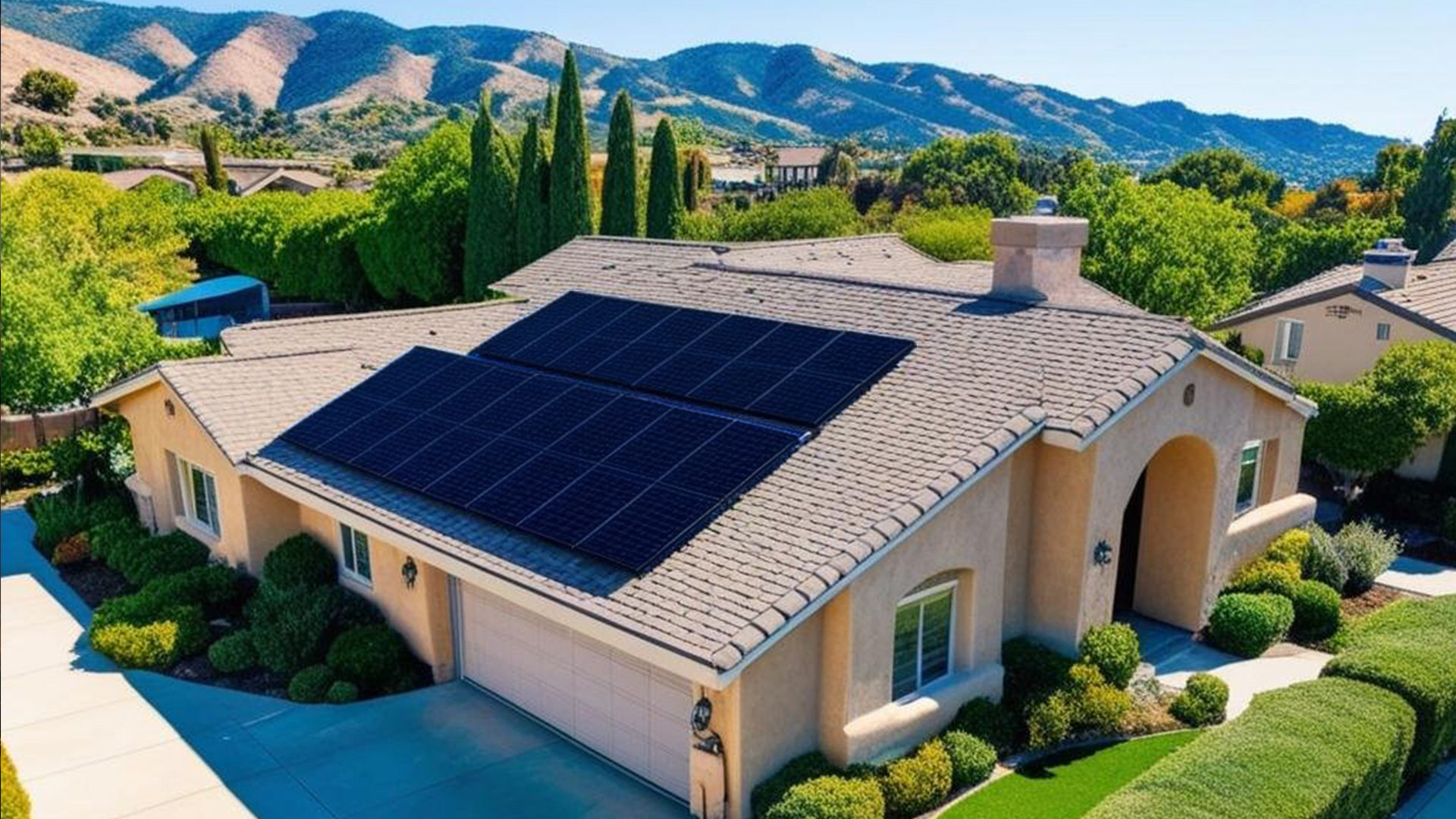The Nevada Renewable Portfolio Standard (RPS) determines how much yearly Nevada electricity must come from renewable energy sources including solar, wind turbines, and so on. It reflects Nevada’s commitment to renewable energy and can influence the benefits of investing in solar for Nevada residents.
Nevada’s RPS has far-reaching implications for residents, as well as the state’s energy future.
What Is Nevada’s Renewable Portfolio Standard?
The Renewable Portfolio Standard helps set goals for the state for transitioning to a more-and-more renewable energy economy and reduce the state’s overall carbon footprint. It aims to encourage and accelerate the adoption of renewable energy projects in the residential and commercial sectors.The Nevada RPS was initially introduced in 1997 and has been revised annually since.
The current RPS goals have declared an objective of 50% renewable energy by 2030 and 100% carbon-free electricity by 2050.
Key Components of Nevada’s RPS
Energy sources that can contribute to the RPS sustainable energy quota include
- 1. Solar
- 2. Wind
- 3. Geothermal
- 4. Biomass
- 5. Hydroelectric
These systems must be put into place to achieve energy efficiency measures. To qualify, the energy must be sold to retail customers, not used privately to fuel a single property. It also must achieve certain energy efficiency measures and ensure compliance with local utility networks.
Impact on Nevada Residents
Nevada residents will experience both short-term and long-term effects. In the short term, sustainable energy will become the norm as utility companies rapidly adopt sustainable energy. Nevada residents can also achieve long-term savings through net metering, selling sustainably generated energy back to the power company.
The RPS may also contribute to job creation in the renewable energy sector, improved air quality, and widespread public health benefits.
Implementation and Challenges
Implementing widespread sustainable energy will be a challenge and a matter of teamwork between utility companies and private property owners. Infrastructure development may require both new transmission lines and smart grid technology to handle multi-directional current.
It may be necessary to balance renwable energy integration with limited grid reliability to avoid knocking out power at the wrong times. Issues like intermittency in sunshine and wind should also be addressed.
How Nevadans Can Participate
How can you get involved? Support renewable energy initiatives, install solar on your residential property, and pursue energy-efficiency upgrades throughout your home. Consider joining green power programs and regularly engage in public discussions and policy-making processes regarding sustainable energy in Nevada.
Conclusion
The Nevada Renewable Portfolio Standard is a big step toward a more sustainable future. Individual property owners can also play an important part with systems like net metering. Explore renewable energy options with the help of Solar Optimum
Contact us today to get a free quote on a solar panel system.






